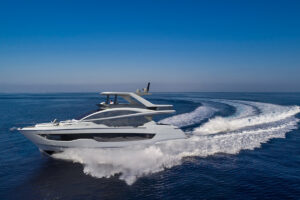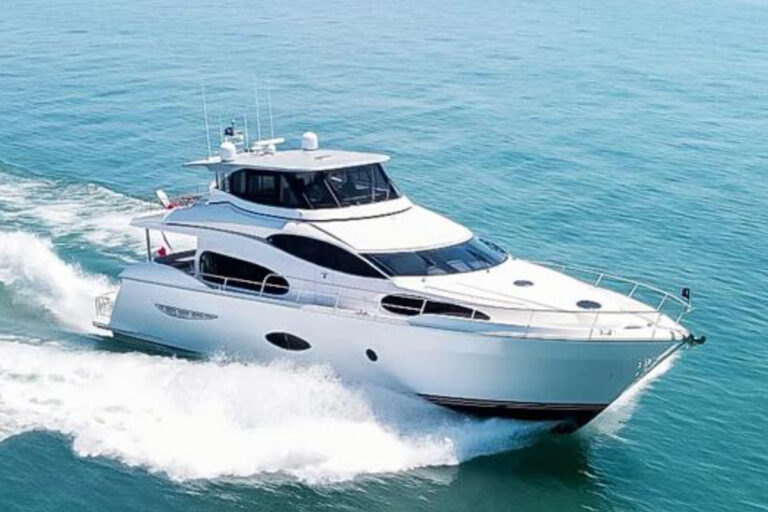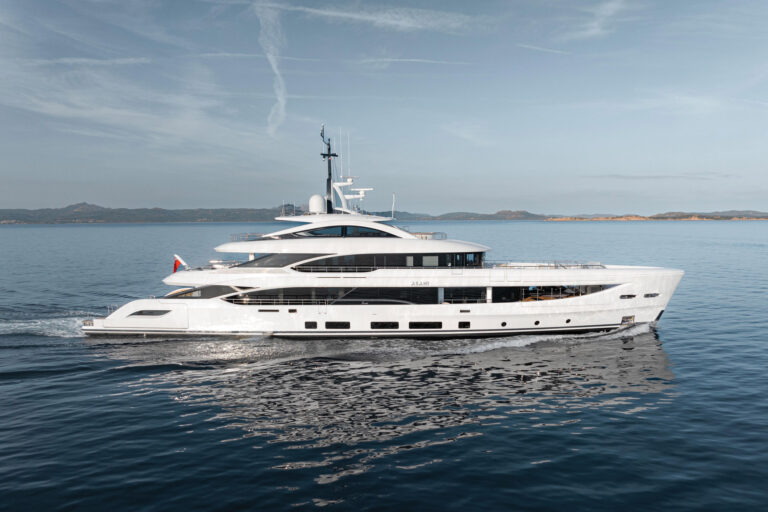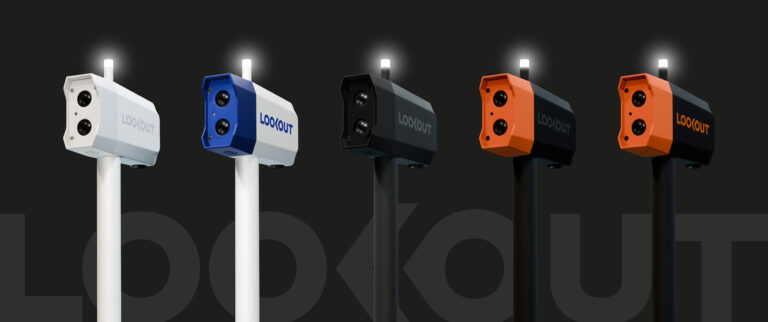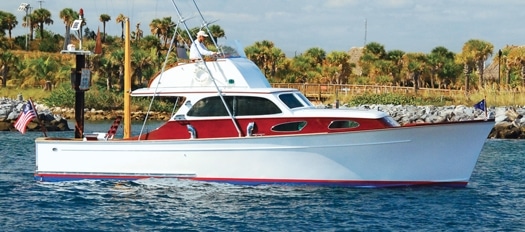
ytgjan27ryb525.jpg
In the heady world of custom tournament fishing, dockside wisdom is easy to come by-even if the wind blows from a 20-something captain or a proud owner who’s new to the sport. All are happy to tell you who makes a true tournament boat and how it should be built. Humility is a rare commodity in this world and that is why spending a day with Mike Rybovich aboard his latest creation, Persistence, is so refreshing.
Those who have been driving or fishing long enough to know, will likely appreciate the breeze blowing from my direction. Whether your favored builder is from the Northeast, the middle states, or the south, the fact is that modern tournament fishing and the boats designed for that sport were invented in Palm Beach by the Rybovich brothers; Emil, John, and Tommy. They acted on their vision after returning to their father “Pop’s” repair yard following service in World War II. At the same time others began building boats for charter fishing, however, Rybovich boats were built for rich sportsmen. “Merritt and Whiticar were building great boats early on, but we had the luxury of wealthy customers from the island (Palm Beach) that wanted their own boats and spared no expense,” said Mike.
It was a team effort from the start. Emil Rybovich (Mike’s father) was a master of mechanical invention and understood how to get the most out of marine engines. “My dad was an engineer, a troubleshooter, and a problem solver -a rare combination,” said Mike. A competitive fisherman, John Rybovich was constantly looking to improve his odds. “He figured a lot of things out fussing with an old boat that Pop had taken in trade for a delinquent yard bill,” said Mike. Most credit John with the invention of the modern fighting chair, the tuna tower, the transom door, and aluminum outriggers. Tommy Rybovich understood the challenges of fishing hard and fast. He created suitable hull forms and structure and wrapped them in his vision of what a sportfishing boat should look like.
The family sold the yard in 1975 and Mike Rybovich stayed on, serving as a construction foreman. The yard changed hands several times and father and son could not resist the calling-they established Ryco Marine with Mike’s stepbrother Marty Evans. When Emil passed away in 2000, the last of the original Rybovich trio was gone. Mike carried the torch at Ryco completing 14 boats. His 15th had just been finished, still under the Rybovich brand, when the yard’s new owner, H. Wayne Huizenga, Jr., convinced him to carry on the legacy. Mike now has a free hand to shape the sorts of boats that he feels his family would be proud of-Persistence is a perfect example.
While tournament fishboat styling has trended toward a modern palette in recent years, Persistence is tastefully traditional and her finish is flawless. She incorporates the styling cues that are expected on a Rybovich. Mike is quick to correct the misinformed, pointing out that some Rybovich “trademark” design cues are not so original. “Uncle Tommy borrowed the double bridge rail design from Chris-Craft in 1949, same for the broken sheer we started using in 1952,” said Mike. Tommy’s efforts were also “appreciated.” “I’m certain the late Jack Hargrave would admit that the inspiration for his early production convertibles came from his time spent working for my dad and uncles,” said Mike. “At the time, borrowing a styling idea was considered the ultimate form of flattery-now folks sue one another!”
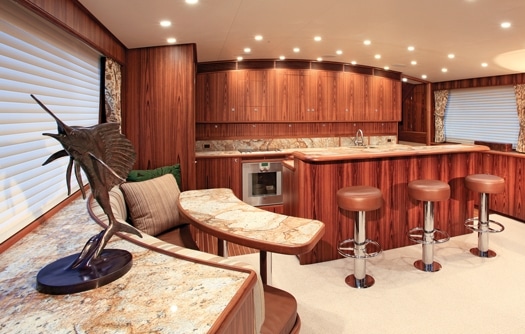
| | |
Persistence’s satin-finished teak interior is crafted with perfection. Given her generous length overall, Mike found space for a tackle stowage room with workshop located off the passageway that leads from the cockpit to the engineroom. A compartment forward of the engineroom is home to ship’s systems, including two 27.5 kW generators. As is common in the tournament boat market these days, the fit, finish, and systems detailing in these areas is exceptional. “Dad was a nut for mechanical detail but he would have cringed at the hundreds of thousands of dollars we invest in fairing, painting, and polishing-he’d have felt an owner’s money could be better spent,” said Mike. “This sort of thing has really gotten out of hand and I would bet most of my peers feel the same.”
Mike pens the hull forms for each boat and, like his uncle, he is not formally trained. “I just figured it out by doing,” he suggests with a smile. He draws a complete set of hull lines by hand and does a weight study and hydrostatics on the computer. As in the past, model testing is done when something a bit different is tried. “My uncle Tommy would see a hull shape in his mind, carve a model out of wood, and set up the boat on the shop floor,” reminisces Mike. “It used to amaze Jack (Hargrave)-he was a numbers kind of guy.” Next year, Mike’s son Dusty will graduate from Webb Institute with a degree in naval architecture and marine engineering. Clearly design is in the family DNA.
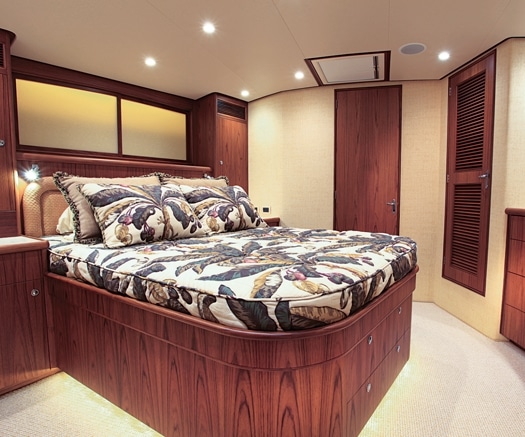
| | |
Persistence’s hull form is based on Tommy and Mike’s designs, not the designs that were subcontracted by the yard during the family’s absence. Mike scales his hull forms by using key deadrise angles at various stations and controlling beam-length ratios. Over the years things have been tweaked a bit to accommodate increases in horsepower and speed. Persistence has a fine entry and no keel and carries about 18 degrees of deadrise amidships and 7 degrees at her transom.
Mike develops scantlings using the same empirical method favored by his Uncle Tommy. “I prefer to rely on proven results, things that have worked for us in the past, rather than theory,” said Mike. Persistence’s bottom is cold-molded 5/16-inch Philippine mahogany- four layers on the bottom and three on the topsides. A laminated mahogany keel, stringers, and marine plywood bulkheads support the hull shell. Her deckhouse is built with tongue-and-groove mahogany and her foredeck with marine plywood. Exterior surfaces are covered with a fiberglass and epoxy laminate that is faired and coated with urethane. The result is a strong, relatively light structure. All up, with fuel, tower, and owner’s gear, she weighs in at 118,000 pounds.
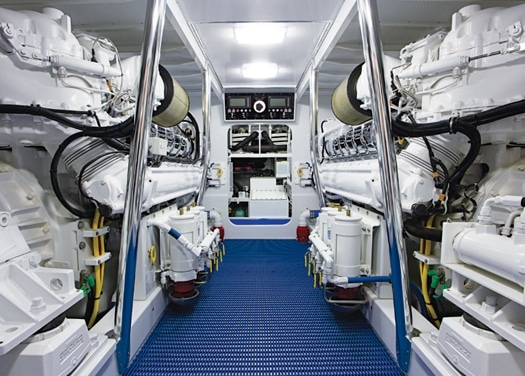
| | |
Persistence’s pair of 2,400-horsepower MTU diesels provide the muscle to swing her about on a fish like a boat half her size. At speed, she tracks like an arrow and cuts tight turns gracefully. During our sea trial she easily managed 42.2 knots-impressive. For the long haul she coasts efficiently at about 23 knots at 1400 rpm burning 80 gallons an hour. This should allow a range of more than 700 nautical miles.
Mike Rybovich is carrying the creative load that his father and brothers once shared. It’s really quite amazing, given the scale of his efforts. When the wind blows, Mike listens patiently and will accommodate some design input-however, he will also politely decline. “Looks, quality, and performance are nonnegotiable,” insists Mike. In the end it all works out: Mike’s customers have not simply come for the perfect fish boat, they’ve come for a Rybovich. And Persistence, Rybovich hull number 125 is as good as it gets!
Rybovich & Sons, (561) 840-8301; **www.rybovichandsons.com**




